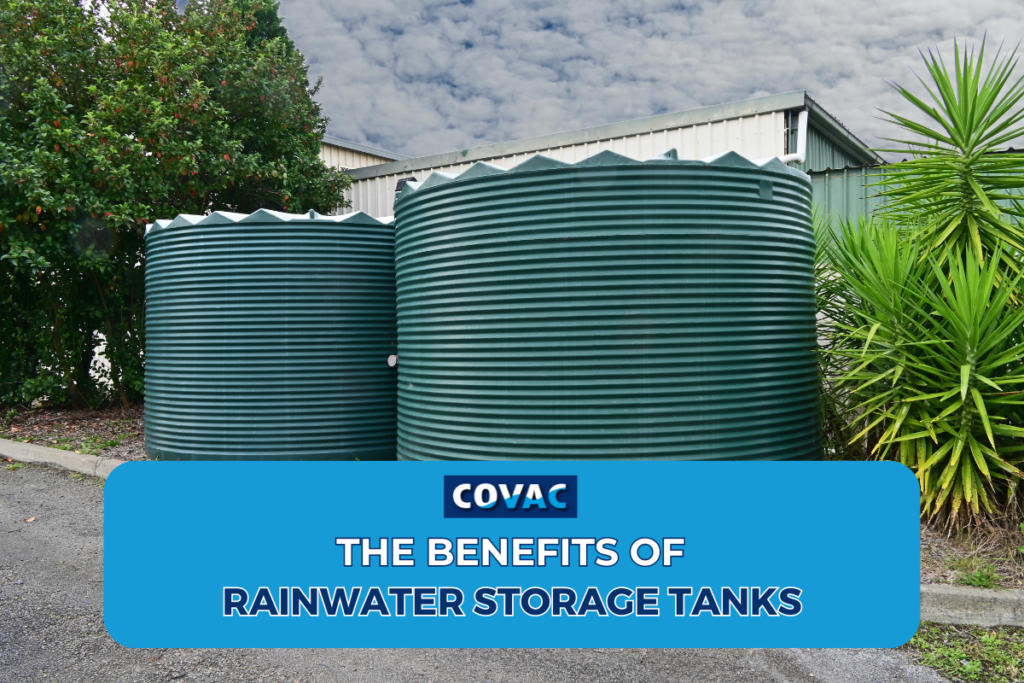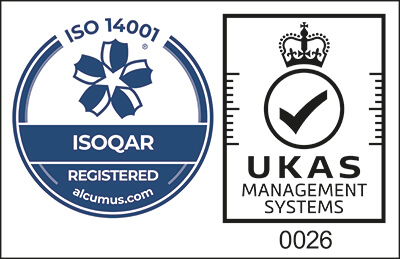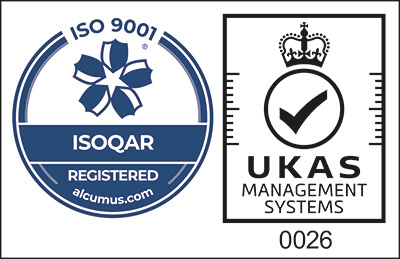
Rainwater storage tanks are a fantastic but often overlooked solution to the rising prices of water bills and the environmental crisis we’re currently facing. They are hard-wearing, potable (when treated), and very cost-effective in the long run, even though the price may seem a bit steep at first glance.
Read this article to discover the benefits of water collection tanks from environmental and financial perspectives.
What Are The Environmental Benefits of Rainwater Storage Tanks?
Rainwater storage tanks may not do much to make the environment look nice, as they can seem quite industrial and take up a lot of space. But water collection tanks can actually save the area around them from completely falling apart.
Rainwater, especially stormwater, can cause erosion on streambanks and damage aquatic habitats that can’t be replaced. Ordinarily, vegetation in the water would reduce the risk of corrosion by holding on to the soil and reducing the speed at which the water moves, which makes the damage to the bank far less likely.
However, stormwater runoff from roads and paths (that would naturally be covered in absorbent soil, not water-resistant tarmac) can allow contaminants to spill into the water. This can substantially reduce its quality and put the aquatic plant species at risk of depletion.
Rainwater storage tanks that are placed close to water sources can be extremely helpful for reducing the amount of potentially harmful rainwater runoff that is accessing the water. The rainwater in question could contain animal faeces or man-made substances like gasoline that will make the water generally unsafe.
Using Rainwater storage tanks for natural water sourcing can also take pressure off of the water mains to provide water because water treatment can be quite time-consuming and expensive. By using a water collection tank, you’re alleviating stress from these already overrun services.
Generally, water tanks are a great method to reduce the level of damage our waterways face from dirty and erosion-encouraging water. But these environmental benefits aren’t the only benefits.
What Are The Financial Benefits of Rainwater Storage Tanks?
Although the initial cost of a rainwater storage tank may be a bit steep (anywhere from £2,000-£3,000 excluding add-ons), collecting rainwater can help you save a substantial amount of money on your monthly water bills.
If you’re not using the mains water, you can expect to save up to 40%-50%, which will undoubtedly add up over time and have you noticing the difference.
Rainwater can be used for everything around the house or workplace and treated to become drinkable. So, rainwater possesses the flexibility to be used for various tasks and save you even more money.
Perhaps the best application of rainwater storage tanks is to create drinking water. You can purchase add-ons for your tank that transform your collected rainwater into potable drinking water and give yourself an extra mineral boost.
Rainwater is riddled with natural minerals that will drastically improve your health and is an aspect of rainwater collection that you may not have considered.
How COVAC Can Help?
Whether you already own a rainwater storage tank or are considering one, the environmental and financial benefits are clear. However, if your rain storage tank isn’t working at full efficiency, it may need maintenance.
At COVAC we are specialists in tank lining and repair. Contact us today to speak directly with one of our experts and ensure your system continues to perform at its best!










